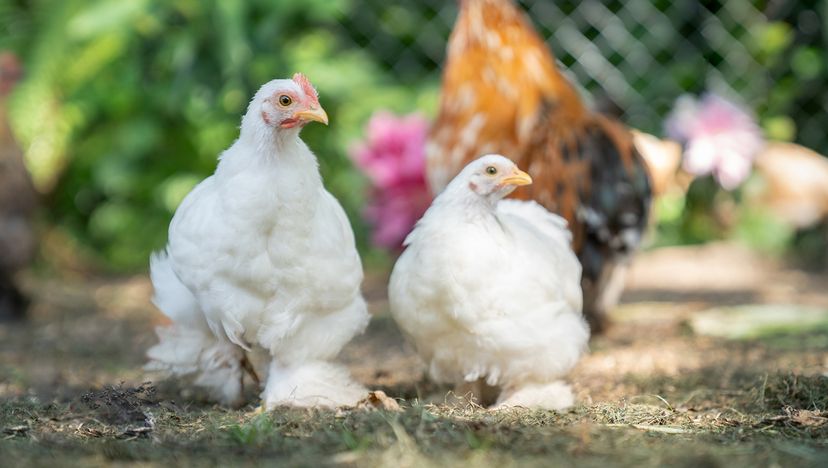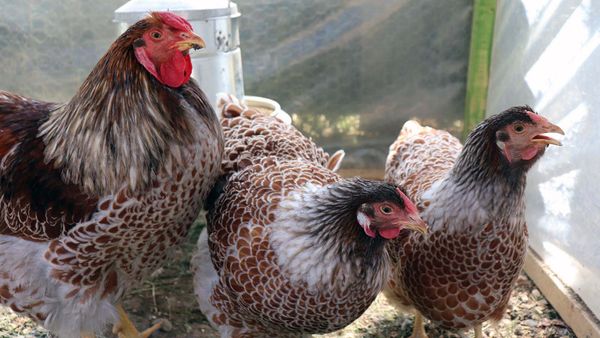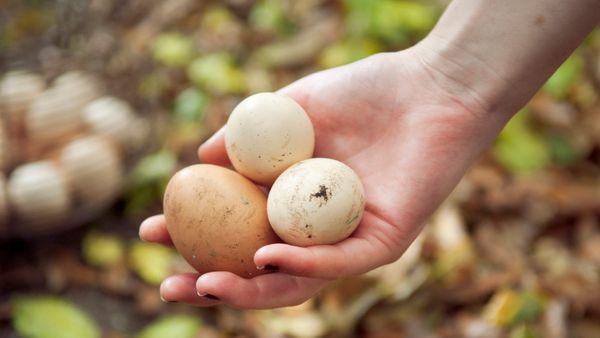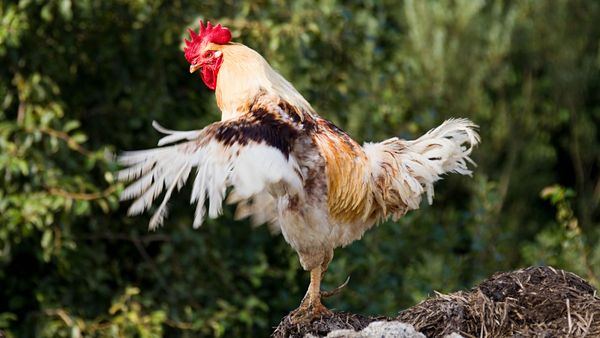This chicken lives up to its name — not only is it a large chicken breed but it also hails from New Jersey. Roosters can weigh between 13 and 15 pounds (5.9 to 6.8 kilograms) and the hens come in at 10 to 11 pounds (4.5 to 4.99 kilograms).
According to author Gale Damerow, who has raised chickens for almost five decades, the Jersey giant chickens came into existence to serve as an alternative to turkeys. However, that came with its own sets of issues.
"Raising Jersey Giants for meat production turned out to be uneconomical because they put most of their energy into developing a strong bone structure before they start fleshing out at about six months, and take as long as nine months to reach a reasonable size for harvesting," Damerow writes. "They remain popular, however, for their huge size, calm disposition and cold hardiness.”
This article was updated in conjunction with AI technology, then fact-checked and edited by a HowStuffWorks editor.



